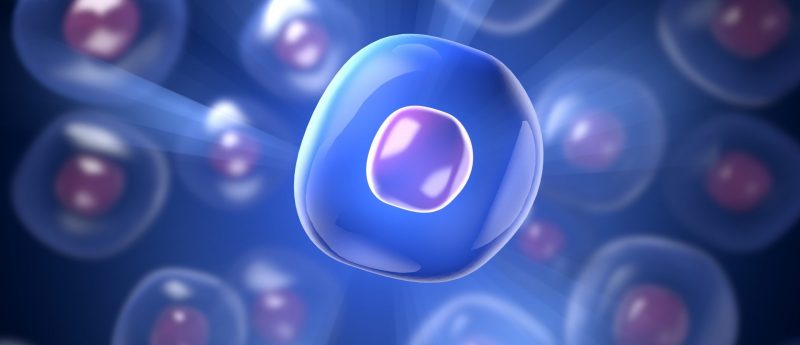Smoothing the road to the clinic by optimizing your cell culture: an interview with David Fiorentini

In this interview, David Fiorentini, Biological Industries, discusses common mistakes in stem cell culture and how to address them.
Please introduce yourself and your company
My name is David Fiorentini and I am the VP for Scientific Affairs and have been director of R&D at Biological Industries for more than 25 years. As part of my job I am responsible for the development of unique products and technologies for research, diagnostics, cell-based therapy and production of biologicals.
Biological Industries (BI; Israel) was founded in 1981 and specializes in the design, manufacture, and distribution of in vitro diagnostic and research products for cell culture. Among other things we develop optimized cell culture media for human embryonic and adult stem cells, including solutions for attachment, dissociation and cryopreservation of stem cells. Our products are used by various research groups and biotech companies for their clinical applications.
BI exports via distributors and subsidiaries to more than 50 countries throughout the world as well as to OEM partners and, leading pharma and biotech companies. In addition we have 4 subsidiaries worldwide: BI-USA, BI-Shanghai, BI-Hong Kong and BI-Europe.
How has the landscape of cell therapy manufacturing changed since you have worked for Biological Industries?
The evolvement of cell-based therapy is of course one of the most fascinating changes. At BI, we strongly believe in cell-based therapy as an emerging treatment for many disorders without a solution from traditional medicine. Successes in this field are highly dependent on the quality and safety of the ancillary materials used. Another important factor that gains importance is obtaining regulatory approvals and sufficient support throughout cell-based therapy development.
How have the cell culture requirements of researchers changed?
Regulations are more established and the researcher of today has to adapt to this. This requires more efforts from us as an industry to offer suitable products to fulfil these strict regulations. Cell culture research that goes towards clinical applications requires the use of products that will pass regulatory auditing in the clinical stage. Therefore, researchers avoid using raw materials of animal source, besides human, and other undefined raw materials. As an alternative they use pharmacopeia-grade raw materials or even clinical-grade raw materials. In addition, working with single-use equipment and culture ware is prevalent to skip cleaning validation and to save time.
Your role involves developing unique cell culture products — how do you identify unmet needs for new products?
To identify unmet needs, we at BI use several directions: through questionnaires, surveys and personal meetings, we obtain information and feedback from our customers. We perform and obtain market surveys and analyses, and in addition our R&D team routinely screens the latest scientific literature. Our scientific board holds prominent members of the international scientific community. This board meets up on a regular basis to brainstorm and discuss future projects.
What is the most common mistake you see scientists making when culturing stem cells, and how can they avoid it?
What we still see is that scientists and researchers are working with non-human source materials and other undefined raw materials such as serum or serum-containing media. These materials are like a black box with unknown components which can affect your research results as well as slow down the way to the clinic.
Defined culture media and auxiliary solutions that are serum-free and either xeno-free or even animal-component free are available. Among the advantages of using these products are lot-to-lot consistency, reproducibility and the reduction of contagious health risk. The biggest advantage of using defined products is the fact that they are acceptable for clinical applications. The quality of those products is not compromised and even better cell growth may be achieved.
Are there any new products/upcoming products that you can tell us about?
We are working on animal component free versions of media and auxiliary solutions for cells used in cell-based therapy. In addition, we are developing xeno-free and animal component free media and culture systems for growing a large number of cells (scale up) in 3D culture systems or multi-trays.
What are Biological Industries’ plans for the future?
In addition to the development of new products for cell-based therapy and the production of biologicals, BI invests in regulatory recognition of our new and existing products. This will allow our customers to use these products in the preparation of cells and products for human use. As part of this strategy, we are constructing a new state-of-the-art facility with a production line dedicated for regulated, high-end products. This facility is an addition to our existing ISO 9001:2015 and ISO 13485:2003 certified plant where our products are manufactured in a controlled environment of clean rooms designed according to the highest standards.
As an additional part of our constant regulatory progress and improvement we adopt many of the sterile pharmaceutical cGMP standards and guidelines, and we hold a Drug Master File for our human pluripotent stem cell culture media — NutriStem® hPSC — and our complete human mesenchymal stem cell media — MSC NutriStem®.